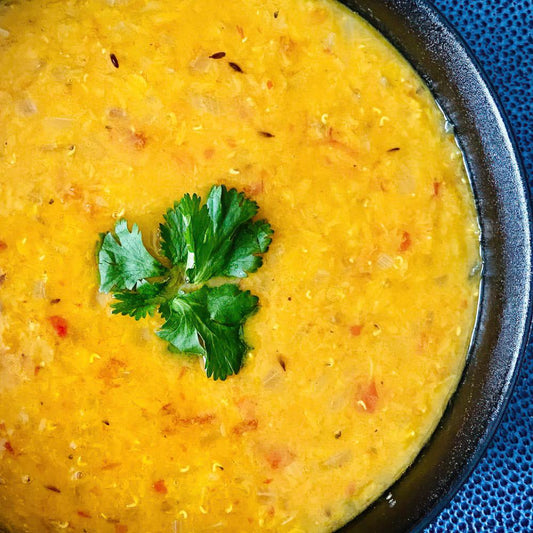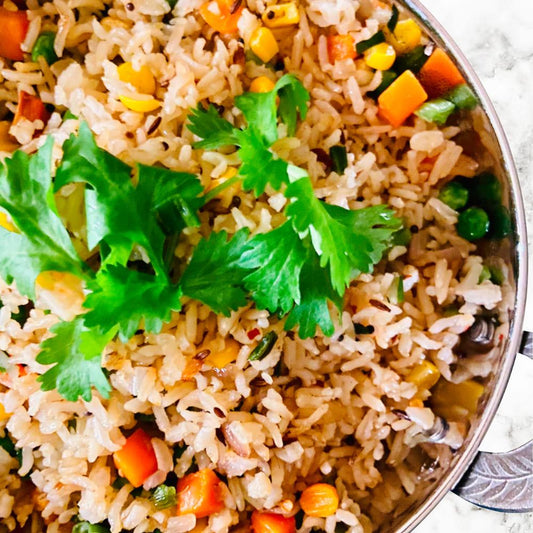Cilantro is the most popular herb in the world and has strong roots in Mexican, Middle Eastern, Mediterranean, and Asian cuisines. While it’s most commonly used in salsas, guacamole, curries, and chimichurri sauce, this versatile herb has countless culinary applications.
Cilantro is a member of the parsley family and comes from the coriander plant. The seeds of this plant are used to make coriander spice, which tastes completely different from fresh cilantro.
The earliest evidence of coriander and cilantro comes from 8,000-year-old caves in Israel, meaning that coriander and cilantro have been used since 6,000 BC! There are even biblical references to coriander.
With the formation of the Roman Empire, cilantro spread across the Mediterranean and into Asia and Europe. Eventually, Spanish conquistadors introduced it to Latin America, and by the 1500s, cilantro was being used worldwide.
Not only does cilantro have a deliciously fresh, citrusy flavor, but it also has medicinal qualities that have been utilized since ancient times. Modern science can confirm this! Adding more cilantro to your diet is proven to improve your health.

Cilantro Reduces Anxiety
Cilantro has proven to be almost as effective at relieving the effects of anxiety as medication. The herb has natural sedative effects in both its’ natural and extracted form that can be used to treat nerves, relieve anxiety, and help you fall asleep.
Cilantro lowers blood pressure
This herb is so widely known for its ability to significantly lower blood pressure that people with low blood pressure are suggested to stay away from it. Those with high blood pressure can increase their cilantro intake through diet or with cilantro extract supplements.
Not only does cilantro lower blood pressure, but it may reduce the formation of dangerous blood clots. This can lead to a healthier heart and lungs.
Cilantro contains antioxidants
Your body needs antioxidants for a lot of things—they protect your cells from aging, infection, disease, and even cancer. If you’re looking for a simple way to improve your antioxidant intake, cilantro is the perfect solution.
Cilantro contains beta-carotene, lutein, terpinene, tocopherols, quercetin, vitamin A, and vitamin C—all known for their antioxidant characteristics!

Buying and storing fresh herbs can be a challenge. Since they’re so light and delicate, herbs are easily damaged and can go bad very quickly if not taken care of. To make sure you’re buying fresh cilantro, there are a few things you should be aware of.
First, fresh cilantro will have a very bright green color. Make sure the bunch of cilantro you pick out doesn’t have any yellow, black, or brown leaves. If it does, it’s past its prime and shouldn’t be eaten.
Next, check the smell. Cilantro has a very distinct smell. It should smell slightly citrusy or soapy. If it smells sour or pungent, avoid it! Its smell should also clarify whether the bunch you’re holding is cilantro as opposed to parsley, as they look very similar but smell very different.
Lastly, check the sturdiness of the cilantro stems. When you hold them up vertically, they should be able to stand up straight. If they droop too much, that means they’re beginning to go bad.

Once you bring your cilantro home, there are a few ways you can store it. If you prefer to keep it out of the refrigerator, you can put your bunch of cilantro stem-first into a glass of water. It should stay fresh for about 3 days. Some herbs go bad faster in the fridge, but cilantro is one herb that prefers cooler temperatures.
So, if you choose to store your cilantro in the fridge, you can keep it in a plastic storage container or bag for about 5 days to one week.

What’s the first thing that comes to mind when you think of cilantro? You’ll most likely think of fresh guacamole, jalapeno sauce, or an herb crust for meat and fish.
There’s no doubt that those are amazing uses for this amazing herb, but there are so many more delicious things that can be done with cilantro that you may not be aware of.
One simple, yet delicious recipe you can make that allows cilantro to shine is a vinaigrette dressing. Combine olive oil vinegar, salt, pepper, lemon juice, a bit of garlic, and plenty of chopped cilantro. This dressing goes great on salads, but can be used on tacos and burritos too!
Cilantro can also be used to create a simple twist on classic pesto. Pesto is traditionally made with basil, but using cilantro instead won’t alter the flavor too much from what you’re used to. Just blend cilantro, garlic, pine nuts, olive oil, lemon juice, salt and pepper, and some parmesan cheese to create a perfectly fresh cilantro pesto sauce.
But, one of the healthiest ways to eat this superfood is to eat it raw. Chop it up and use it as a garnish on pasta, meats, soups, and stews. You can even mix it into a fruit salad for a nice splash of color and texture.
Thanks to its mild flavor, there is so much that can be done with cilantro, and you don’t have to be a top chef to use it! Whether you keep it simple or make it spectacular, you can enjoy this herb’s health benefits all the same.

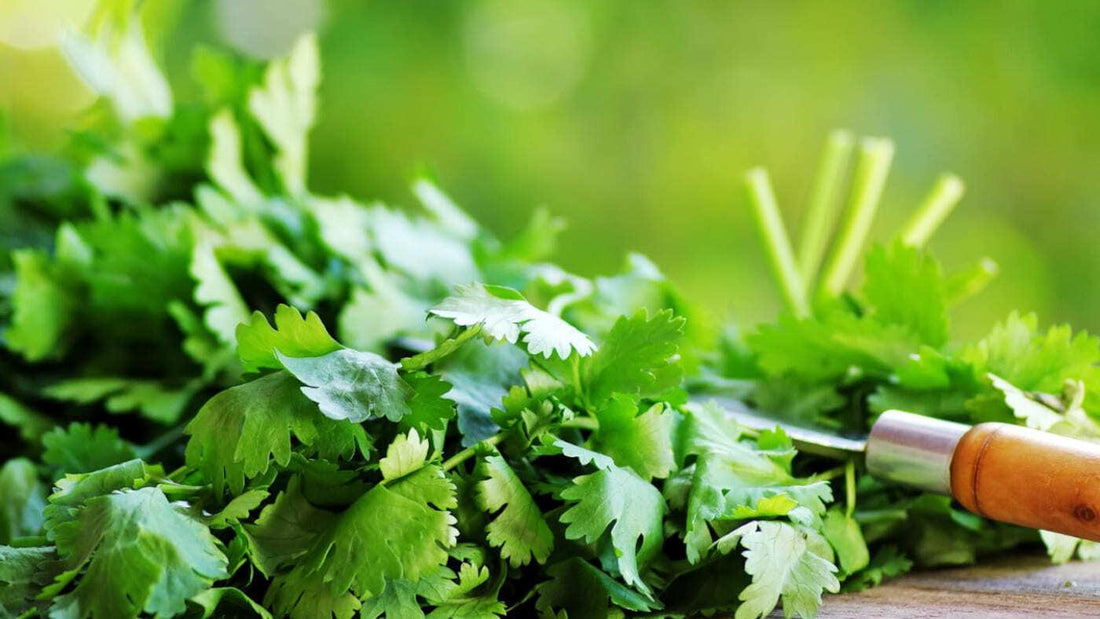
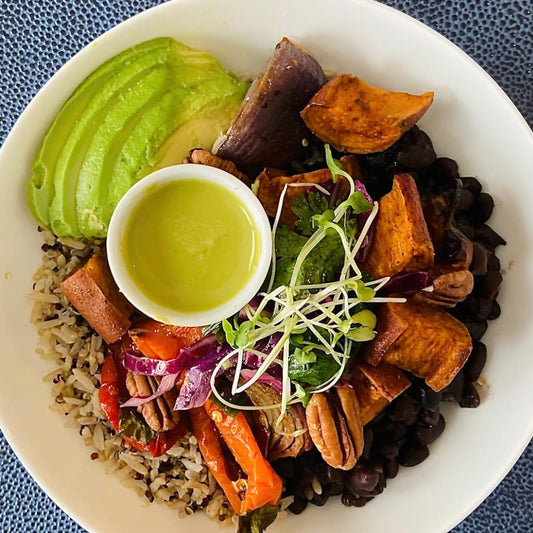

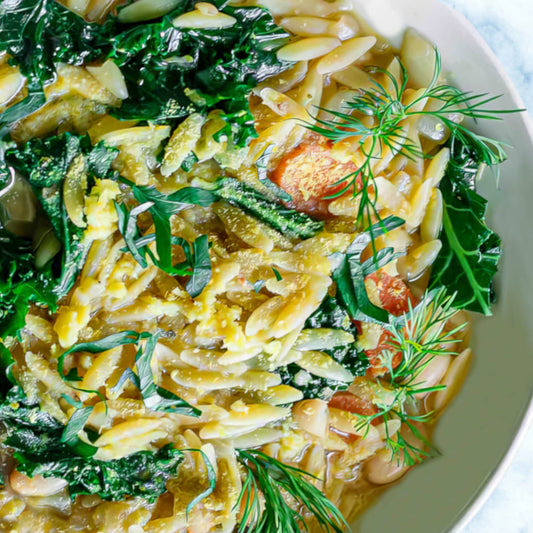
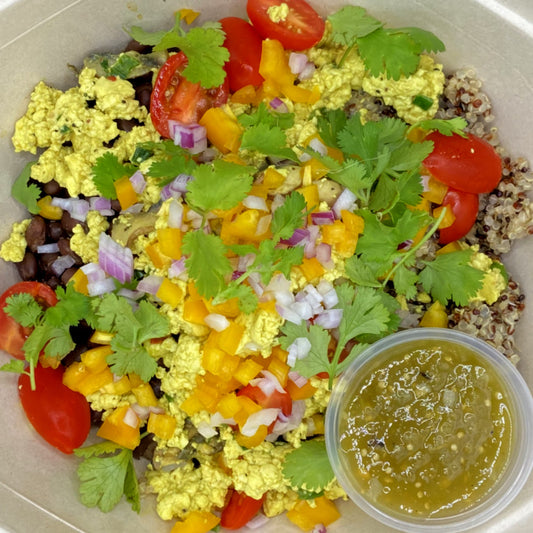
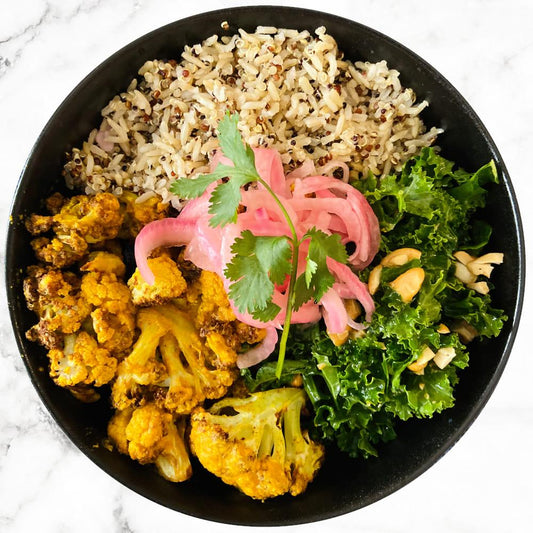
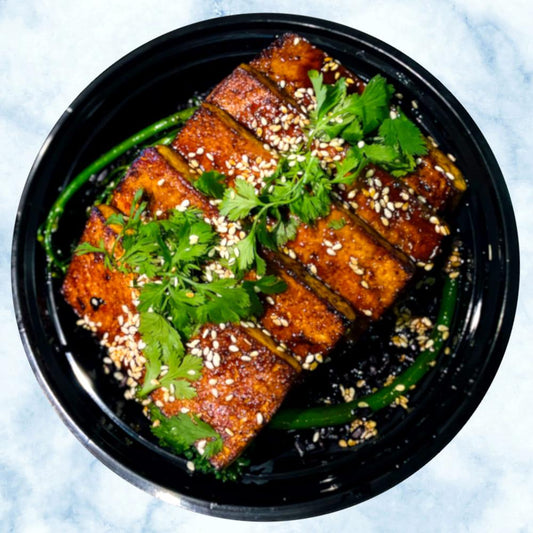

![Southern Black Eyed Pea, Corn + Tomato Salad [Vegan] [Gluten Free] [Oil Free]](http://nourishcookingco.com/cdn/shop/files/nourish-cooking-meal-delivery-catering-houston-southern-black-been-salad-c.jpg?v=1721612893&width=533)
